Other

“Researchers from PSI’s Spectroscopy of Quantum Materials group together with scientists from Beijing Normal University have solved a puzzle at the forefront of research into iron-based superconductors: the origin of FeSe’s electronic nematicity. Using Resonant inelastic X-ray scattering …

“Signatures for a novel electronic phase that enables charge to flow spontaneously in loops have been observed in a kagome superconductor. Using ultra-sensitive muon spin spectroscopy, researchers discovered time-reversal symmetry-breaking magnetic fields inside the material, indicating the existence of long-searched-for …
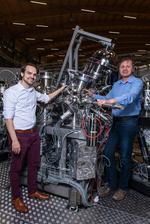
“Researchers at PSI have compared the electron distribution below the oxide layer of two semiconductors. The investigation is part of an effort to develop particularly stable quantum bits –and thus, in turn, particularly efficient quantum computers. They have now published …
“Quantum effects in superconductors could give semiconductor technology a new twist. Researchers at the Paul Scherrer Institute PSI and Cornell University in New York State have identified a composite material that could integrate quantum devices into semiconductor technology, making electronic …
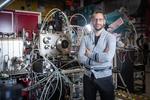
“Researchers at the Paul Scherrer Institute PSI have succeeded for the first time in looking inside materials using the method of transient grating spectroscopy with ultrafast X-rays at SwissFEL. The experiment at PSI is a milestone in observing processes in …

“Researchers at the Paul Scherrer Institute PSI have put forward a detailed plan of how faster and better defined quantum bits – qubits – can be created. The central elements are magnetic atoms from the class of so-called rare-earth metals, which would …
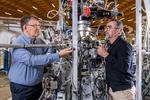
“PSI scientists have gained a fundamental understanding of a highly promising material that could be suited to future data storage applications. Their experiments with strontium-iridium oxide, Sr2IrO4, investigated both the magnetic and electronic properties of the material as a thin …

“In topological materials, electrons can display behaviour that is fundamentally different from that in ‘conventional’ matter, and the magnitude of many such ‘exotic’ phenomena is directly proportional to an entity known as the Chern number. New experiments establish for the …
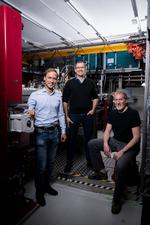
“Researchers at the Paul Scherrer Institute PSI have succeeded for the first time in recording, in action, a light-driven sodium pump from bacterial cells. The findings promise progress in the development of new methods in neurobiology. The researchers used the …
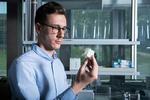
“Researchers at the Paul Scherrer Institute PSI and ETH Zurich have developed a new material whose shape memory is activated by magnetism. It retains a given shape when it is put into a magnetic field. It is a composite material …

